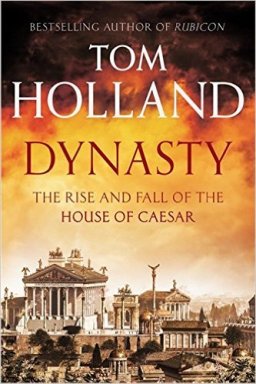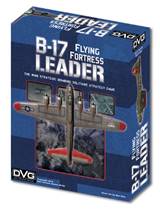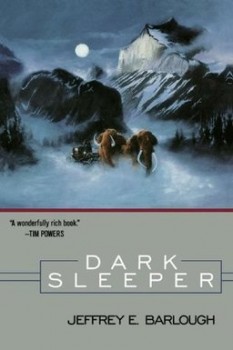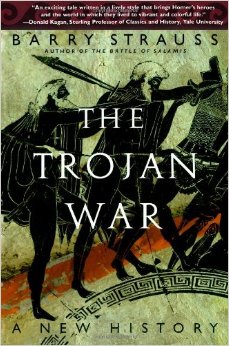GenCon Update: Day 1, Part 1 – New Games

The Best Four Days in Gaming has come to Indianapolis, and again I’ve made my way into the dragon’s den to seek out new and interesting games. The scope of GenCon has definitely expanded over the decade or so that I have been attending and covering it, largely swallowing up downtown Indianapolis. This year, the Lucas Oil Stadium used by the Indianapolis Pacers has become the newest participant, becoming home to the popular “True Dungeon” live dungeon crawl adventure (which, one of these years, I will actually participate in). Even the types of games have expanded. Though in the past, Pokemon has had an incredibly sparse presence at GenCon, two giant inflatable Pikachu’s dangling from the ceiling have indicated a change in that trend.
In addition to the convention expanding in size, the number of games has become truly dizzying. The game company iEllo, best known for their breakaway hit, the monster-ravages-city game King of Tokyo (and its sequel King of New York), hosted a party on Thursday evening that I was fortunate enough to be invited to, and I ended up sitting next to Eric Summerer of The Dice Tower podcast. He discussed just the sheer difficulty generated by the volume of games being produced, and how it affects not just individual game consumers, but also those of us who spend some portion of our time trying to make sense of which games to discuss. What is the best way to present information about quality games, when the general quality across the industry has become so high and there are so many publishers seeking to get the word out on their new products?
One overwhelming trend in the gaming industry is expansions and sequel games, and that’s going to be the focus of my “part 2” review. For now, I’m going to focus on brand new games, as I think they deserve a bit more attention. And by “new games” I mean brand new games. There are some fantastic new games in the Legendary series from Upper Deck, for example, but since they largely apply an existing game mechanic, I’m counting them among the sequels. Definitely watch for that.
Now, on to some of the new and upcoming games …
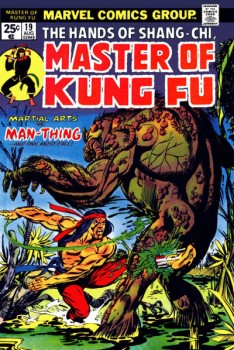
 Last time I was talking about the idea of there being a time to railroad. In other words, that there’s a time when the supporting technology, or maybe just the zeitgeist, allows for a concept or invention to finally flourish. The railroad itself is the ultimate example of this idea technologically, and you can look at
Last time I was talking about the idea of there being a time to railroad. In other words, that there’s a time when the supporting technology, or maybe just the zeitgeist, allows for a concept or invention to finally flourish. The railroad itself is the ultimate example of this idea technologically, and you can look at 